The other answers pretty much covered the means of specifying the junit family, either within pytest.ini or at the commandline with an ini option override.
It's worth looking at the differences between xunit1 and xunit2 for a concrete xml file. Doing a quick spot check on the differences I found these differences show in the image below for the following test module...
# test_stub.py
import sys
import pytest
def test_pass():
assert True
def test_fail():
assert False
if __name__ == "__main__":
sys.exit(pytest.main([__file__] + sys.argv[1:]))
Pytest was ran under three separate configurations (which match the vertical order in the image)
# Default execution
pytest test_stub.py --junit-xml=out.xml
pytest test_stub.py --junit-xml=out_xunit2.xml -o junit_family=xunit2
# Junit prefix execution
pytest test_stub.py --junit-prefix=FOOOP --junit-xml=out_prefix.xml
pytest test_stub.py --junit-prefix=FOOOP --junit-xml=out_prefix_xunit2.xml -o junit_family=xunit2
# Junit suite execution
pytest -o junit_suite_name=SUITE test_stub.py --junit-xml=out_suite.xml
pytest -o junit_suite_name=SUITE test_stub.py --junit-xml=out_suite_xunit2.xml -o junit_family=xunit2
All of the diffs pretty much highlight the fact that xunit2 omits the file and line attributes that showed up previously in xunit1. The other diffs were merely timestamp differences. Both junit_suite_name and junit-prefix behave as before.

Another major difference is that for some reason record_property has been deprecated under the xunit2 schema.
PytestWarning: record_property is incompatible with junit_family 'xunit2' (use 'legacy' or 'xunit1')
https://docs.pytest.org/en/7.1.x/reference/reference.html#pytest.junitxml.record_property
